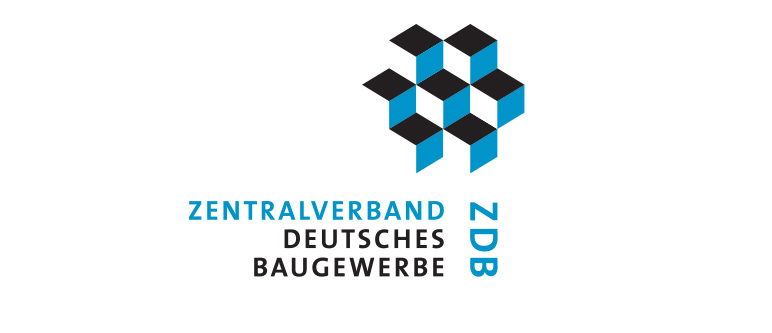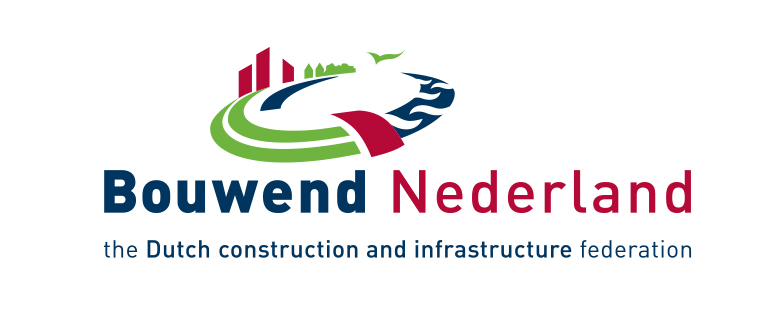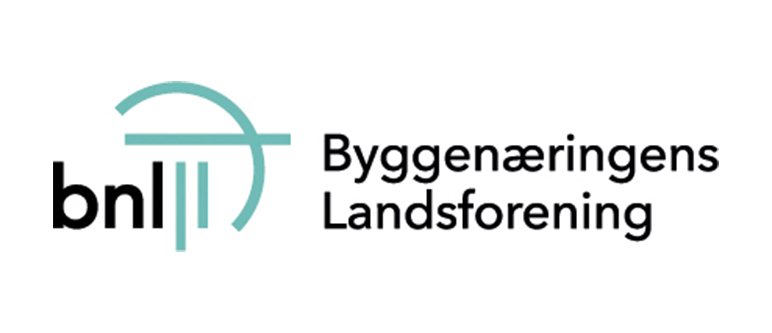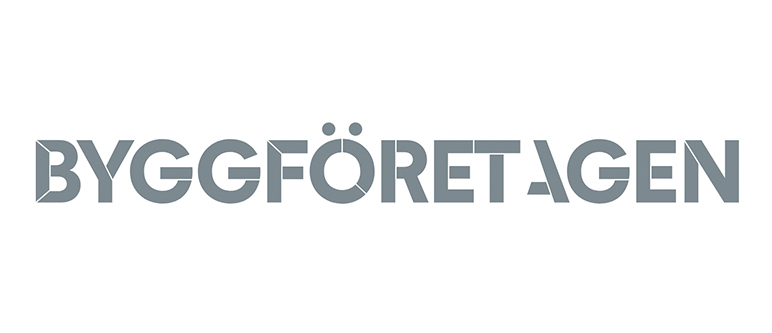Overall construction activity
Gross Fixed Capital Formation (GFCF) in building and construction is forecast to reach over €28 billion in value terms in 2019. 2019 brought overall growth estimated at 10% in volume terms for building and construction. The seasonally adjusted figure for construction employment now stands at 148,300 persons at the end Q4 2019. The impact of near full employment has led to a tightened labour market and increased competition for skilled labour in the construction sector, as well as other key sectors of the economy. Direct construction employment grew by 2.1% to 148,300 persons in the year to the end of Q4 2019. 2019’s growth continued to be driven by the private residential and to a lesser extent by non-residential sectors.
Housebuilding
The total number of new dwellings completed in 2019 was 21,241, up 18% from 17,952 built in 2018. The biggest relative growth can be seen for new apartments. For the whole of 2019, the number of apartments completed increased from 2,283 in 2018 to 3,644, an increase of 59.6%. Forward looking data in the form of new starts totalled 26,237 units in 2019, up 16% from 22,467 starts in 2018. The ‘Project Ireland 2040’ National Policy Objective 32 targets the delivery of 550,000 additional households to 2040. For2020, €1.5 billion were foreseen to focus on delivery of 8,500 new social homes through build and acquisition programmes, while €126 million should be allocated to the ‘Serviced Sites Fund’ to provide infrastructure to deliver 6,200 new affordable homes over the life of the Fund. The ‘Help to Buy’ (HTB) scheme, an income tax incentive, has been extended in its present format until 31 December 2021. Annual housing completions in December 2019 (+18.3% at 21,241 units) were still approximately 40% below the demand estimate of 35,000 units per annum. The macro-prudential mortgage lending rules have impacted severely on affordability and may also have contributed to the slowdown in overall house price growth and housebuilding in 2019.
GDP 2019
BILLION
POPULATION 2019
Total investment in construction in 2019
BILLION
Non-residential construction
Non-residential investment registered a record high in the third and fourth quarters of 2018, with over €4 billion of new investment in commercial, industrial and civil construction. Non-residential construction investment remained flat year-on-year as measured by the national accounts by Q3 2019, but this slowdown in yearly rates was largely a base effect related to record growth in 2018. The growth in overall non-residential output is being led by the commercial building sector, followed by the industrial and Foreign Direct Investment (FDI) sectors. On the back of strong job creation, activity in the commercial building sector of the market was strong, with the Dublin office market having particularly buoyant years in 2018 and 2019.
Civil engineering
The industry welcomed “Ireland 2040”, the new National Planning Framework (NPF) together with a new National Development Plan (NDP) 2018-2027. Overall funding of €116 billion is foreseen across the lifetime of the NDP from 2018-2027. The NDP promises to boost the civil engineering sector, which had suffered from major cuts in public spending since 2008. Output volumes increased in civil engineering work (+24%) in 2018 according to the CSO’s ‘Production in Building and Construction Index’. This represented a significant departure from output levels recorded in previous years. However, without Q4 2019 index data available at the time of writing it is difficult to fully estimate the level of output in civil engineering work in 2019. Finally, the cost of tendering, particularly for public contracts continued to be an important issue facing the Irish construction industry, followed by the risk of future wage demands and skills shortages. More efficient contracts could deliver on time and on budget. Consideration should be given to the good progress being made regarding the Public Works Contract to enable the contract to become a fair and equitable document for the industry.
| Per cent variation of investment in real terms on previous year | |||||||
| investment Mln. € fixed prices | |||||||
| Sectors | 2019a | 2016 | 2017 | 2018 | 2019a | 2020b | |
| 1. | Building | 20,767 | 18.5 | 14.8 | 14.2 | 7.9 | NA |
| 1.1. Housebuilding | 7,198 | 21.7 | 25.9 | 25.8 | 2.5 | NA | |
| 1.1.1. New | 4,511 | 35.7 | 42.4 | 27.5 | 18.3 | NA | |
| 1.1.2. R&M | 2,687 | 11.4 | 11.0 | 23.9 | -16.2 | NA | |
| 1.2. Non residential (c) | 13,569 | 17.1 | 10.1 | 8.4 | 11.0 | NA | |
| 1.2.1. Private | NA | NA | NA | NA | NA | NA | |
| 1.2.2. Public | NA | NA | NA | NA | NA | NA | |
| 2. | Civil Engineering | 3,720 | -6.9 | 7.0 | 4.3 | 1.2 | NA |
| (1 + 2) | Total Construction | 24,487 | 12.8 | 13.4 | 12.5 | 6.8 | NA |
| a: estimate - b: forecast - c: incl. R&M | |||||||
| Number of building permits in residential construction | |||||||
| 2016 | 2017 | 2018 | 2019a | 2020b | |||
| single dwelling | 12,481 | 15,440 | 19,964 | 19,147 | NA | ||
| collective dwelling | 3,894 | 5,336 | 9,138 | 15,229 | NA | ||
| other types of dwelling | NA | NA | NA | NA | NA | ||
| Total | 16,375 | 20,776 | 29,102 | 34,376 | NA | ||
| (Collective dwellings and other types of buildings: in number of flats) | |||||||



































